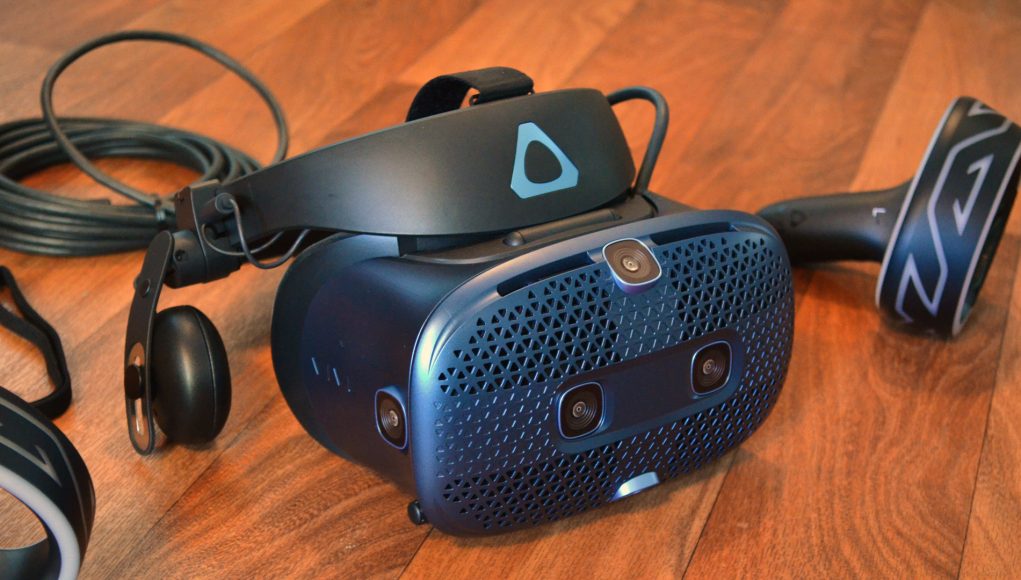Vive Cosmos has arrived and takes HTC’s consumer headset ambitions in a somewhat different direction. Three and a half years after the launch of the original Vive, Cosmos finds itself in a rather strange competitive landscape where it simultaneously must defend itself from a longstanding rival on the low-end and its former ally on the high-end. Read on to find out how it fares.
Vive Cosmos Review
While the original Vive was a collaboration between Valve and HTC, which resulted in the headset being deeply tied to both Steam and the SteamVR Tracking system (AKA Lighthouse), Cosmos shows several ways in which HTC is hoping to divest its VR business from Valve and create its own distinct offering. Unfortunately, vestiges of what once was manifest now cause complications for Cosmos.

In terms of pricing, at $700, Cosmos fits between two primary competitors: Rift S on the low-end at $400 and Index on the high-end at $1,000 (or $750 for anyone who already owns SteamVR Tracking base stations). In order for Cosmos to succeed in this middle ground, it ideally needs to do most things better than Rift S, even if it can’t quite match the more expensive Index.
You can find the full article over at RoadToVR by following the link below

